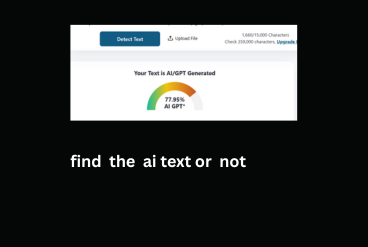Imagine a neural network as a smart robot learning to solve puzzles. Backpropagation is like the robot’s way of figuring out how well it did and how to do better next time. When the robot makes a guess, backpropagation helps it see the mistake it made and send that information backward through its brain to fix the most important parts. This way, the robot learns from its mistakes step by step.
Here’s how it works: first, the robot tries to solve the puzzle (this is called the forward pass). Then it checks the answer and sees how far off it was. Finally, backpropagation sends this error message back through the network (the backward pass), helping the robot adjust its thinking so it can improve next time.
It’s like when a child learns to ride a bike—each time they fall, they learn how to balance better. Backpropagation helps the neural network learn the same way by making tiny corrections until it becomes very good at the task at hand.


